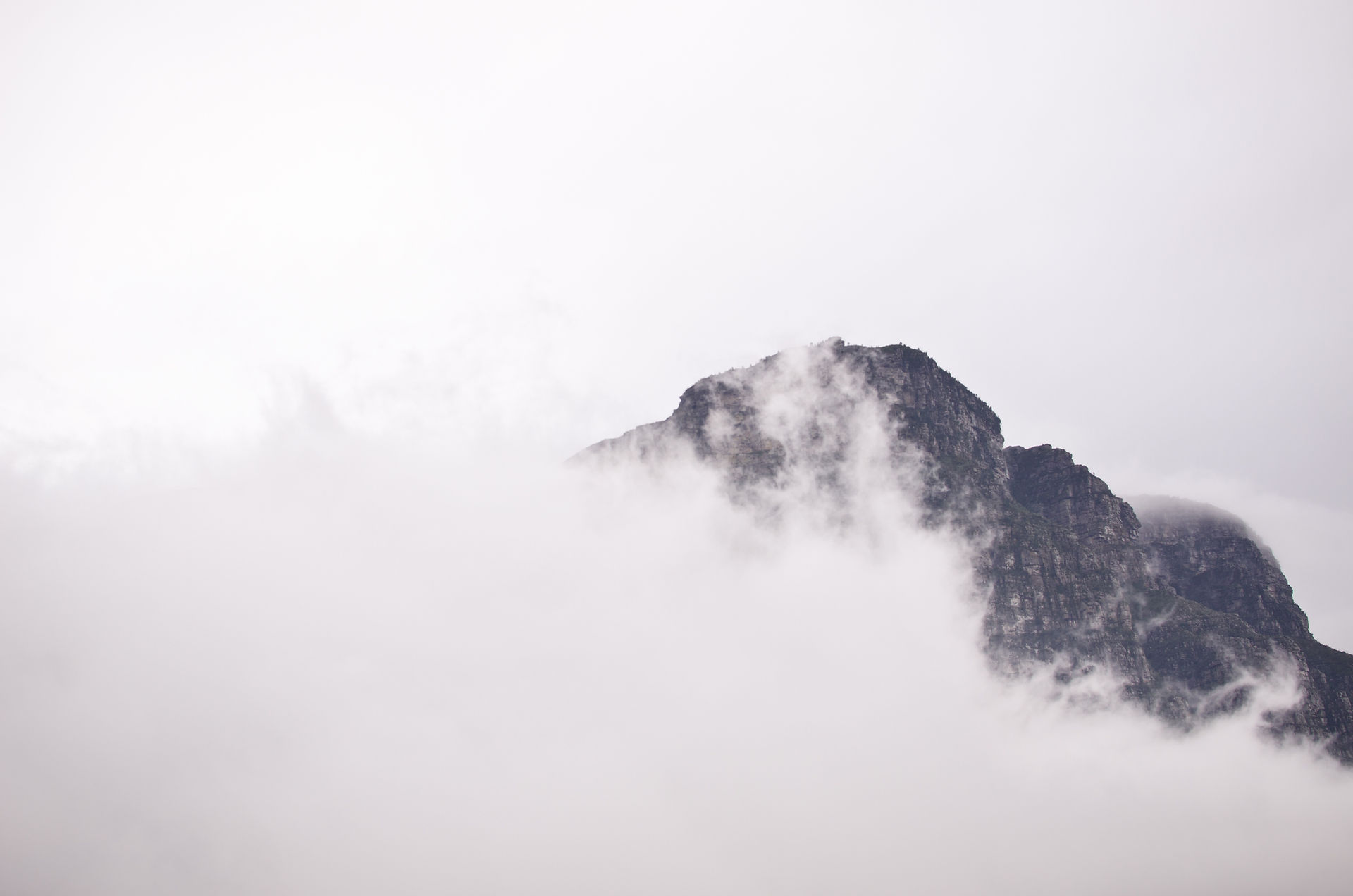
"The only way to be totally free is through education" - Jose Marti
Module 11: Maker Movement
This week we had the opportunity to experience first-hand a number of Maker Movement technologies that can be integrated into the classroom. Maker technologies included Scratch 2.0, Kodu, Lego Mindstorms, 3D modeling, studio lighting, video/audio production, animation, graphics/print design, 3D mapping, I3, FIRST Robotics, Minecraft, Augmented reality, 3D printing and scanning, 3Doodler pens, Makey Makey, Little Bits, Sphero, Ozobots, and Raspberry Pi.
The Maker Movement takes it's cues from constructionism and encourages teachers to create a learning experience based on "less us, more them" (LUMT). Students are given the tools, and the time to create with the aim of deeper engagement and ownership of knowledge. In a Maker-based classroom, learning is hands-on, teachers relinquish their authority and encourage a student-centered environment. Learning is not necessarily easy, since the more difficult a task is the greater the self-efficacy achieved in its completion. Maker students are conditioned to see failure as a stepping stone to success, something to learn from rather than something that is feared.
For module 11 we were asked to examine and explore one Maker Movement technology and create a screencast explaining the Maker Movement as well as how our Maker technology could be used in the classroom. I was interested in using Minecraft in the classroom as I plan on teaching high school mathematics, and I think that Minecraft would be an excellent way to introduce cardinal coordinates. My Idea for a lesson plan is to have each student create a set of instructions using (x, y, z) coordinates to create any object of their choosing in a 100X100X100 block area. The students would then trade-off their blueprints and create each other's objects. Unfortunately Minecraft is no longer a free service, so rather than purchasing the tool to create this lesson plan I featured a collaborative build that was completed by an online team. Please check out my youtube video above explaining how Minecraft can be used in the classroom. A direct link to the video can be found by clicking here.